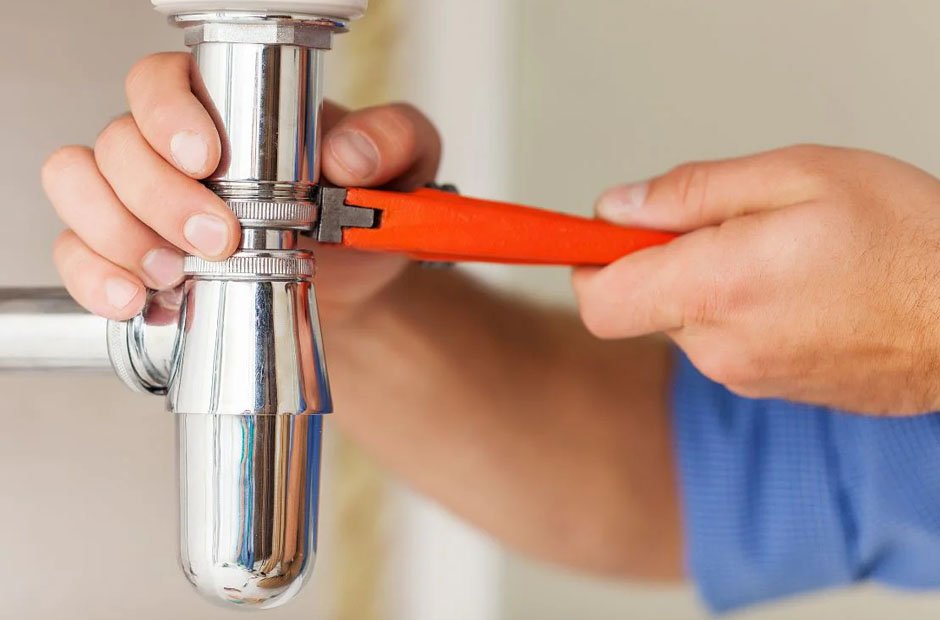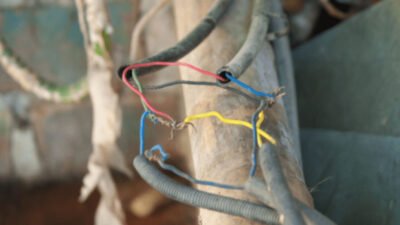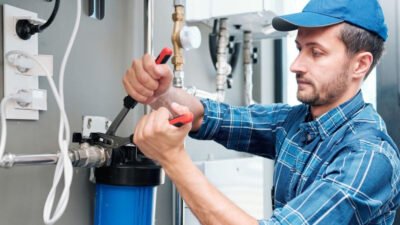Key Takeaways
- Modern plumbing innovations offer faster, safer, and greener solutions for jobsite installation and maintenance.
- Prefabrication and digital planning are reducing project timelines and costly rework.
- Sustainable materials and efficient fixtures are now integral parts of plumbing best practices.
- Constant upskilling and a safety-first mindset are essential for plumbing professionals to thrive in today’s industry.
The Changing Face Of Plumbing On The Jobsite
The modern construction landscape is witnessing a dramatic transformation, driven by the relentless pace of technological advancement. Plumbing, once a field defined by labor-intensive installations and slow, manual methods, is now at the forefront of jobsite innovation. The industry is shifting away from the traditional “measure twice, cut once” approach to adopt new materials and streamlined workflows that reduce errors, promote efficiency, and facilitate compliance with increasingly rigorous codes. Today’s professionals are expected to do more than connect pipes—they must manage timelines, costs, and standards, all while keeping pace with changing expectations from building owners and occupants.
Resources provided by suppliers like Cruco Mill & Industrial Supply have become vital in equipping contractors with the latest and most reliable materials and equipment. This support is not just about convenience—it empowers jobsite teams to implement next-generation techniques that were once unavailable to the average crew. For example, plumbing professionals now have easy access to durable composite pipes, specialty fittings, and modular system components, fundamentally changing how projects are executed. These advancements have a tangible impact, resulting in reduced downtime, shorter schedules, and improved safety for both workers and clients.
Emerging Tools And Materials That Expedite Work
The use of advanced tools and materials has significantly accelerated project timelines, reducing dependence on skilled soldering and enabling the navigation of structural obstacles. Push-to-connect fittings, flexible PEX piping, and multi-layer piping systems, along with battery-powered pressing tools, have facilitated quicker and more consistent installation of plumbing systems. These technologies not only offer corrosion resistance and cost savings but also maintain water quality over time, a critical concern in residential and commercial projects. A recent industry report revealed that typical installations using new materials and press-fitting solutions can achieve up to a 60% time savings. The reliability and consistency of these connections also reduce costs.
Prefabrication: Why It’s Shifting Jobsite Efficiency
Prefabrication is a popular practice in complex builds, including high-rises and healthcare facilities. It involves the off-site construction of major plumbing assemblies in clean, controlled environments, ensuring each segment passes quality checks before being transported to the jobsite. This method reduces project labor by 30% and reduces building timeline variances, allowing project managers to control costs and meet deadlines. Prefabrication also increases consistency, encourages better documentation, and reduces onsite waste. It also helps in complying with city regulations and construction schedules in busy urban settings. Prefabrication also reduces material waste and ensures a cleaner, safer jobsite environment.
Eco-Friendly Trends In Plumbing
Environmental impact is now a crucial aspect of plumbing planning and procurement, with dual-flush toilets, efficient water heaters, and recirculating hot water systems becoming standard options. Modern piping, often made from PEX, HDPE, or recycled content, contributes to LEED certification goals and green-building benchmarks. These initiatives advance sustainability, conserve energy in long-standing buildings for property owners, and minimize a building’s carbon footprint. Municipalities now require verification of fixture efficiency and backflow prevention.
Digital Planning In Modern Plumbing
Digital tools are increasingly crucial in project planning, allowing for the mapping and coordination of mechanical, plumbing, and electrical runs before a single line is cut. It reduces conflicts during installation and time-consuming rework. Digital takeoff software ensures accurate material orders, reducing waste and ensuring jobs start on schedule. Digital blueprints on smartphones and tablets enable instant check-ins, while detailed 3D models help clarify problems. Digital documentation streamlines inspections and facilitates easier future maintenance.
The Role Of Training And Continuous Learning
Plumbing professionals must continuously learn and adapt to changing materials, codes, and customer expectations. Regular education is crucial for meeting regulatory standards, leveraging new technologies, and delivering reliable installations. Trade schools, manufacturer training sessions, and virtual courses benefit both journeymen and apprentices. Active certification signals technical proficiency, hands-on learning prevents costly errors, and up-to-date teams enhance job site culture. Regular professional development becomes a competitive advantage for both technicians and employers in a constantly changing market.
Safety Protocols For Modern Plumbing Operations
Safety in fast-paced environments is crucial, especially with the introduction of new tools and technologies. Jobsite teams must be vigilant about lifting techniques, personal protective equipment (PPE), and site coordination to ensure a safe work environment. OSHA-recommended safety practices, such as gloves, goggles, and chemical handling protocols, remain non-negotiable standards. Eye protection should be non-negotiable on sites with sharp materials and caustic substances. Pressure-tested systems must be confirmed before activation to prevent sudden bursts and water damage. Comprehensive emergency plans communicate shutdown locations and rescue procedures.
The Future Of Plumbing Innovation
In the coming decade, plumbing will continue to be a dynamic trade, with advancements such as smart metering, remote-monitoring sensors, AR-guided installations, and 3D-printed components. These trends offer opportunities for forward-thinking plumbers and contractors to deliver higher value and differentiate their businesses. Success in the future depends on adaptability, investing in new skills, collaborating with trusted suppliers, and staying updated with technology.



